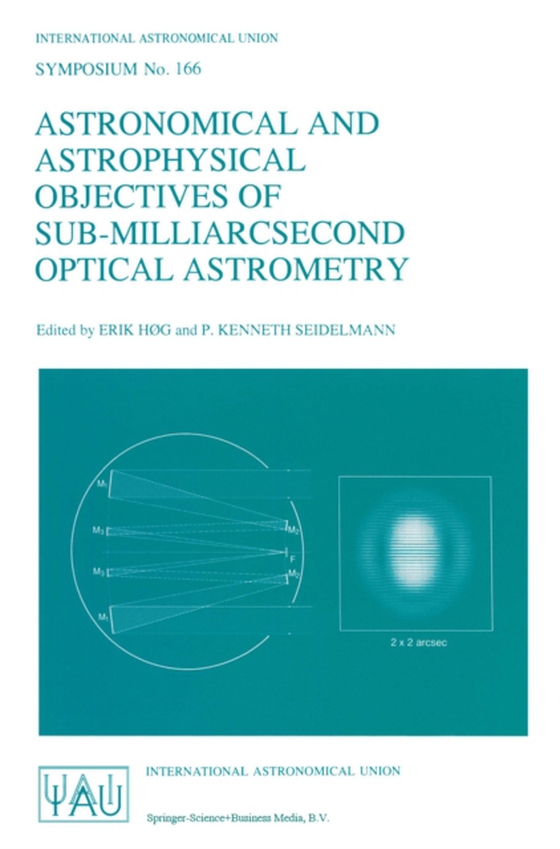
Astronomical and Astrophysical Objectives of Sub-Milliarcsecond Optical Astrometry e-bog
875,33 DKK
(inkl. moms 1094,16 DKK)
Astrometry is on the threshold of great changes due to the fact that this decade, alone, is witnessing an improvement of stellar positions equivalent to the total improvement of the previous two centuries. The Hipparcos Satellite has concluded its observations, and the catalog is in preparation. Preliminary results assure that the Hipparcos catalog will provide positions, parallaxes and annual ...
E-bog
875,33 DKK
Forlag
Springer
Udgivet
1 december 2013
Genrer
Astronomical observation: observatories, equipment and methods
Sprog
English
Format
pdf
Beskyttelse
LCP
ISBN
9789401100694
Astrometry is on the threshold of great changes due to the fact that this decade, alone, is witnessing an improvement of stellar positions equivalent to the total improvement of the previous two centuries. The Hipparcos Satellite has concluded its observations, and the catalog is in preparation. Preliminary results assure that the Hipparcos catalog will provide positions, parallaxes and annual proper motions for over 100,000 stars with accuracies of 1.5 milliarcseconds. In addition, the Tycho catalog will provide positions of about 30 milliarcseconds accuracy for over 1 million stars, and annual proper motions with 3 milliarcsecond accuracy will subsequently be ob- tained by means of first epoch positions from the Astrographic Catalog. Optical interferometers on the ground are beginning operation, and these instruments can provide observational accuracies of approximately one milliarcsecond. Also, the traditional reference frame based on the Fun- damental Catalog of bright stars is being replaced by the extragalactic ref- erence frame, based on radio sources with accuracies of one milliarcsecond. Thus, astrometry will change from a fundamental reference frame defined in terms of the dynamical reference frame of the solar system with accuracies of 100 milliarcseconds to a space-fixed, extragalactic reference frame with accuracies of one milliarcsecond. Future astrometric observations should be in the 1 -100 milliarcsecond accuracy range. There are a number of concepts for future astrometric instruments in space. Most of these can provide sub-milliarcsecond astrometric accuracies.
 Dansk
Dansk

